Horses in Ancient Myths: Symbolism, Stories, and Cultural Significance
Horses have played a pivotal role in human civilization for thousands of years. These special animals have been instrumental in transportation, warfare, agriculture, and exploration, shaping the course of human history in so many ways. From the earliest days of domestication, horses have been revered for their strength, speed, and endurance, becoming indispensable companions to humans across the globe.
The symbiotic relationship between horses and humans has transcended mere utility, evolving into a deep cultural and emotional bond. Horses have been celebrated in art, literature, and folklore, their powerful presence and grace inspiring awe and admiration. They have been depicted as symbols of freedom, power, and nobility, their spirited nature resonating with the human desire for independence and exploration.
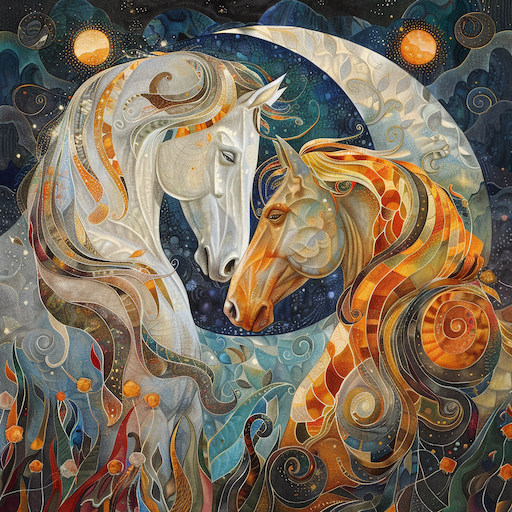
The enduring presence of horses in mythologies and legends across cultures
The reverence for horses is deeply ingrained in the mythologies and legends of cultures around the world. From the ancient civilizations of Greece and Rome to the indigenous tribes of the Americas and the rich traditions of Asia, horses have been woven into the fabric of storytelling, often taking on supernatural or divine qualities.
In these tales, horses are portrayed as celestial beings, shape-shifters, and companions to gods and heroes, their roles transcending the physical realm. They are depicted as sources of strength, wisdom, and guidance, embodying the human yearning for connection with the natural world and the spiritual realms.
The enduring presence of horses in mythology and legend speaks to the profound impact these animals have had on the human psyche. Their grace, power, and beauty have captivated our imaginations, inspiring tales that have been passed down through generations, preserving the cultural significance and symbolism of these remarkable creatures.
As we delve into the richness of these stories, we gain insight into how horses have been revered and celebrated across time and cultures. These mythologies and legends serve as a testament to the enduring bond between humans and horses, a bond that has withstood the test of time and continues to shape our narratives and traditions. Copy
Horses in Greek Mythology
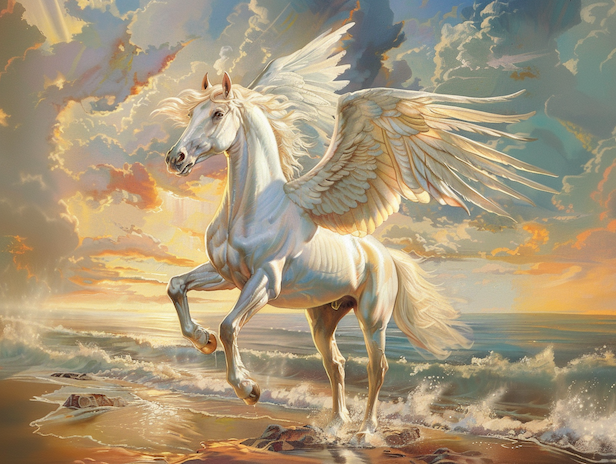
Pegasus, the winged horse
Pegasus was a magnificent winged horse born from the blood of the slain Gorgon Medusa. When the hero Perseus beheaded Medusa, the winged steed emerged from her severed neck, a symbol of the potential for new life to arise from death and destruction. Pegasus aided the hero Bellerophon in his quest to slay the fearsome Chimera, a fire-breathing monster. By taming and riding Pegasus, Bellerophon was able to defeat the beast and secure victory. The tale of Pegasus and Bellerophon became a testament to the power of human ingenuity and the cooperation between humans and animals.
Pegasus, with his magnificent wings and noble stature, symbolized the transcendence of the earthly realm and the pursuit of higher realms of knowledge and enlightenment. His ability to soar through the skies represented the human aspiration for freedom, imagination, and the conquering of limitations. The winged horse was also associated with poetic inspiration and the creative muse. It was believed that the hoofbeats of Pegasus striking the ground caused springs of water to flow, inspiring poets and artists with their creative powers. Pegasus became a symbol of the transformative power of art and the human capacity for creative expression.

The Horses of Achilles
In the epic tale of the Trojan War, as recounted in Homer’s Iliad, the horses of the great warrior Achilles played a pivotal role. These magnificent steeds, born from the union of the West Wind Zephyrus and the immortal harpy Podarge, were known for their exceptional speed and endurance. Achilles’ horses, Xanthus and Balius, carried him into battle and were present during many of his legendary exploits. They witnessed the brutal conflict, the heroic deeds of their master, and the tragic deaths of his comrades. Their presence on the battlefield added to the grandeur and intensity of the legendary war.
The horses of Achilles were not mere beasts of burden; they embodied the virtues of strength, courage, and unwavering loyalty. Their unwavering service to their master, even in the face of immense danger and adversity, symbolized the dedication and valor required of warriors in the pursuit of glory and honor. Furthermore, the horses were endowed with the ability to speak, as granted by the goddess Hera. This supernatural trait elevated their status, lending them an almost mystical quality and reinforcing their significance as symbols of the extraordinary feats achieved by Achilles and the heroes of the Trojan War.
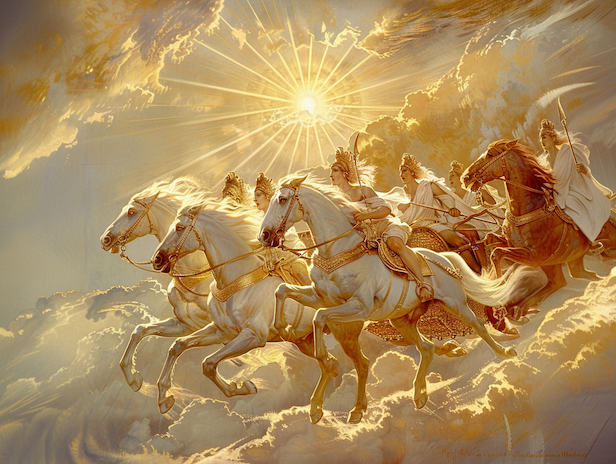
Other notable mentions
- The Chariot of Helios: In Greek mythology, the sun god Helios was depicted as driving a golden chariot drawn by magnificent horses across the sky, bringing light and warmth to the world.
- The Horses of Poseidon: As the god of the sea, Poseidon was often associated with powerful and unruly horses, symbolizing the untamed forces of nature and the unpredictability of the ocean’s waves.
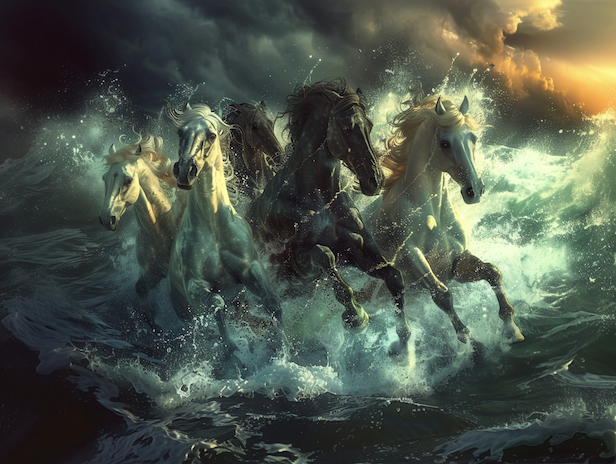
These mythological tales and depictions highlight the profound significance of horses in Greek culture and the reverence with which they were regarded. Horses were not only valued for their practical uses but also celebrated for their symbolic representation of strength, valor, freedom, and the pursuit of higher ideals.
Horses in Norse Mythology
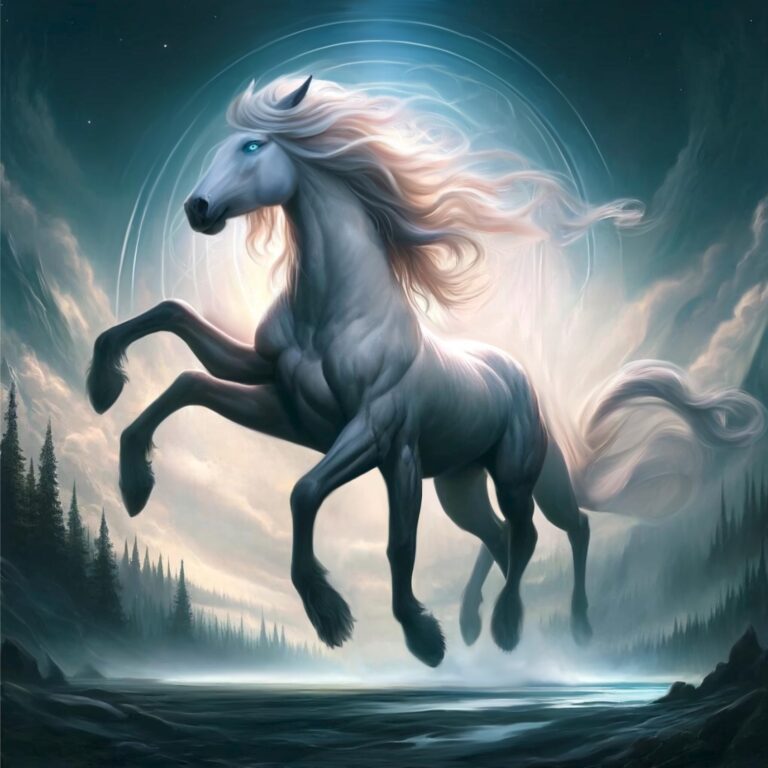
Sleipnir, the eight-legged horse of Odin
Sleipnir was Odin’s legendary eight-legged horse, the Norse pantheon’s chief god. This remarkable steed was born from the union of the trickster god Loki, who had taken the form of a mare, and the stallion Svaðilfari, owned by a cunning mason hired to build a fortified wall around Asgard, the realm of the gods. With his eight powerful legs, Sleipnir was said to be the swiftest of all horses, capable of traversing vast distances and even moving through the realms of the living and the dead. This exceptional speed and agility made Sleipnir an invaluable companion to Odin, who relied on the horse to carry him on his journeys across the nine worlds of Norse cosmology.
Sleipnir’s eight legs were symbolic of his mastery over the eight directions, representing the horse’s ability to navigate the complexities of the universe. This multidimensional aspect of Sleipnir’s form reflected Odin’s own pursuit of wisdom and his role as the god of knowledge, magic, and poetry. Furthermore, the horse’s association with Odin, the leader of the gods, bestowed upon him a sense of authority, power, and divine protection. Sleipnir’s presence at Odin’s side was a testament to the god’s sovereignty and his command over the realms of existence.
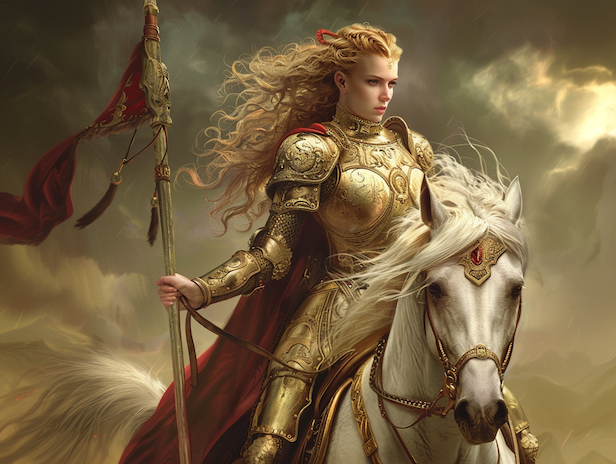
The Valkyries and their horses
The Valkyries were fearsome warrior maidens who served Odin by selecting the bravest fallen warriors from the battlefields and escorting them to Valhalla, the hall of the slain. These fierce and beautiful maidens were often depicted riding on mighty horses, their flowing cloaks billowing behind them as they charged across the battlefield. The image of the Valkyries on horseback was a powerful representation of the valor and honor associated with the warrior culture of the Norse people. Their steeds were depicted as strong, swift, and unwavering, reflecting the qualities expected of the warriors destined for Valhalla.
The Valkyries and their horses were inexorably linked to the concepts of battle, death, and the afterlife in Norse mythology. They were the harbingers of fate, deciding which warriors were worthy of entering the halls of Valhalla, where they would prepare for the ultimate battle during Ragnarök, the prophesied end of the world. The horses of the Valkyries symbolized the journey from life to the realm of the dead, carrying the fallen heroes across the threshold and into the eternal realm of glory and honor. Their presence on the battlefield was a reminder of the cyclical nature of life and death, and the reverence held for those who fell in combat.
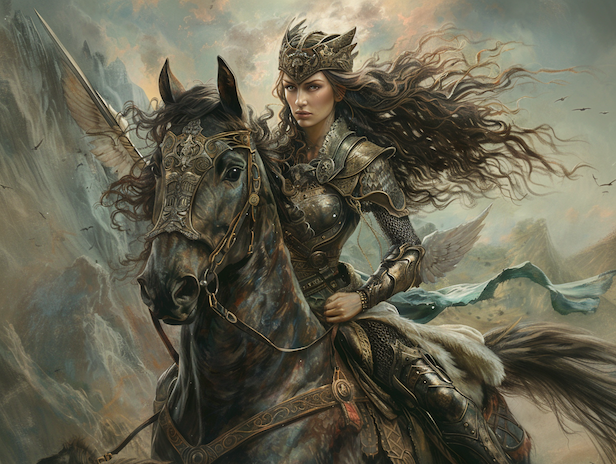
The horses of Norse mythology were not mere beasts of burden but powerful symbols of strength, valor, and the inextricable link between the mortal and divine realms. Their representation in the tales of Sleipnir and the Valkyries reinforced the importance of these magnificent creatures in the Norse worldview, where they played a pivotal role in the cosmic struggle between the gods and the forces of chaos.
Horses in Celtic Mythology
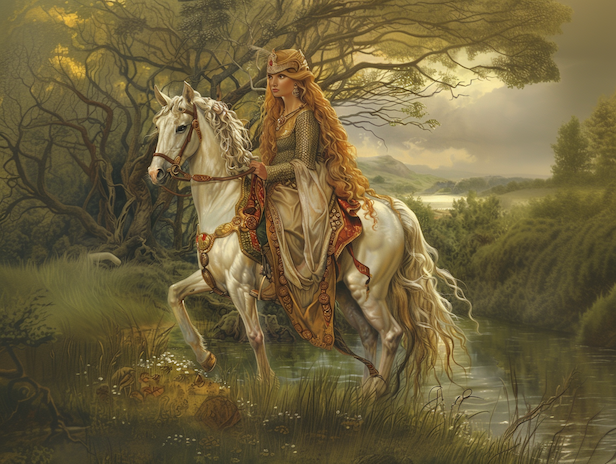
The Gaulish horse goddess, Epona
Protector of horses, donkeys, and mules In the ancient Celtic mythology of the Gauls, Epona was revered as the goddess of horses, donkeys, and mules. She was depicted as a maternal figure, often shown seated or riding sidesaddle on a powerful horse, and was believed to be the protector and patron of these animals. As the guardian of horses and equine creatures, Epona was invoked for their safety, fertility, and well-being. Her divine influence extended over stables, stalls, and the realms where these animals lived and worked. Offerings and prayers were made to Epona to ensure the health and prosperity of the herds, which were crucial to the agrarian Celtic societies.
The worship of Epona was widespread throughout the Celtic world, with her cult particularly strong among the Gauls, Britons, and other Celtic tribes. Her prominence in their mythology and religious practices highlights the profound significance of horses in Celtic culture. Horses were not only valued for their practical uses in transportation, agriculture, and warfare but also held a sacred status in the Celtic worldview. Epona’s role as a goddess reflected the deep respect and reverence the Celts had for these animals, which were intrinsically woven into their daily lives and spiritual beliefs.
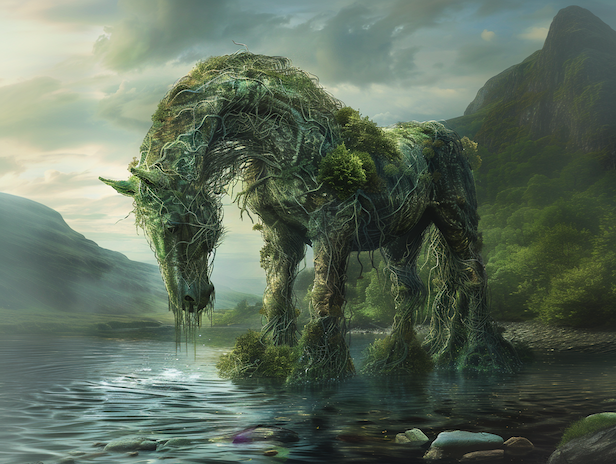
The Water Horse (Kelpie)
The Water Horse, or Kelpie, was a shape-shifting creature that inhabited rivers, lochs, and streams. These mythical beings were believed to take the form of a powerful horse, often appearing near bodies of water to lure unsuspecting travelers. The Kelpie was said to possess the ability to transform into various guises, including a handsome young man, making it all the more alluring and dangerous. Those who fell for its deceptive charms and attempted to mount the Kelpie would find themselves trapped, as the creature would then plunge back into the water, dragging its victim to a watery grave.
The tales of the Water Horse served as cautionary tales, warning against the dangers of giving in to temptation and being deceived by outward appearances. The Kelpie symbolized the untamed and treacherous forces of nature, reminding people of the need for vigilance and respect for the natural world. Moreover, the Kelpie’s dual nature – appearing as a magnificent horse on land and a terrifying aquatic creature in the water – represented the duality of life and the thin line between the natural and supernatural realms. These stories reinforced the Celtic belief in the interconnectedness of all things and the presence of otherworldly beings in the world around them.
The horses of Celtic mythology, whether revered as goddesses or feared as shape-shifting creatures, held a prominent place in the cultural and spiritual traditions of the ancient Celts. They embodied the profound connection between humans and the natural world, serving as symbols of power, protection, and the ever-present mysteries of the unseen realms.
Horses in Native American Legends
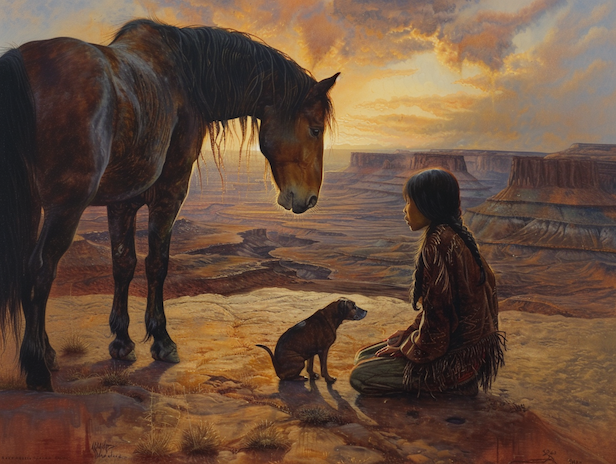
The Horse and the Dog, a Navajo legend
Among the Navajo people, a renowned legend tells the tale of the Horse and the Dog. In this story, the two animals were initially close friends, living together in harmony. However, a rift emerged between them when the Horse became arrogant and boastful, mocking the Dog’s smaller stature and perceived inferiority. The Horse’s pride and arrogance ultimately led to his downfall. As punishment for his hubris, the Horse was forced to carry heavy burdens and endure the hardships of serving humans, while the Dog was granted the privilege of living alongside humans as a beloved companion. This legend serves as a cautionary tale against pride and reminds listeners of the importance of humility, respect for others, and the consequences of arrogance.
Despite the moral lessons embedded in the story, horses held a deeply significant place in the lives and cultures of many Native American tribes. The introduction of horses by Spanish settlers drastically transformed the way of life for these indigenous peoples, enabling them to become skilled equestrians and enhancing their hunting, travel, and warfare capabilities. Horses were revered for their strength, endurance, and speed, and their acquisition was a pivotal moment in the history of many tribes. The bond between Native Americans and their horses was profound, with the animals being treated with great respect and often considered as partners in the journey of life.
The Horse Nations
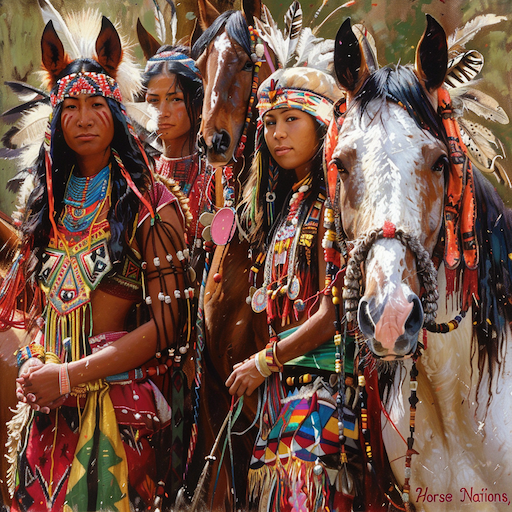
Tribes known for their skilled horsemanship Certain Native American tribes became renowned for their exceptional horsemanship and their close relationships with these majestic animals. The Comanche, Cheyenne, Sioux, Nez Perce, and Apache were among the tribes recognized as the “Horse Nations,” their way of life heavily influenced by the presence of horses. These tribes excelled in horse breeding, training, and riding techniques, developing a deep understanding of the animals’ behavior and forging powerful bonds with their equine companions. Their horsemanship skills were not only essential for hunting, travel, and warfare but also became an integral part of their cultural identity and traditions.
Horses as symbols of freedom and unity For the Horse Nations, horses symbolized freedom, mobility, and the ability to roam the vast plains and territories that were their ancestral homelands. The horse’s speed and endurance allowed these tribes to maintain their nomadic lifestyles and resist the encroachment of settlers and the erosion of their traditional ways. Moreover, horses played a unifying role among the tribes, facilitating communication, trade, and alliances. The shared reverence for these animals transcended individual tribes, fostering a sense of unity and reinforcing the cultural significance of horses within the broader Native American experience.
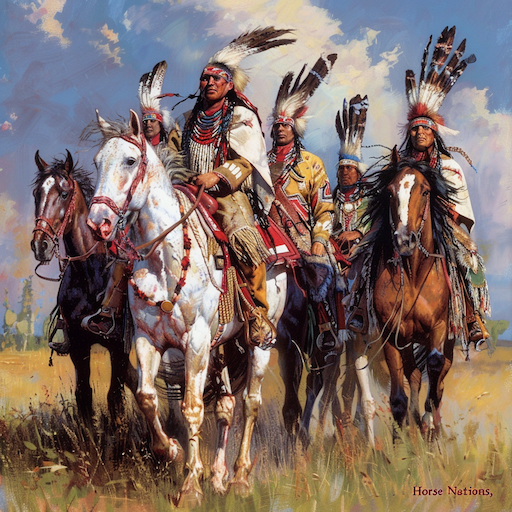
The legends and stories surrounding horses in Native American cultures underscore the profound impact these animals had on the lives, spirituality, and traditions of the indigenous peoples of North America. Whether revered as partners, respected for their power, or celebrated for their symbolic meaning, horses played a pivotal role in shaping the histories and identities of the Native American tribes.
Horses in Asian Mythology and Folklore
The Celestial Horses in Chinese mythology
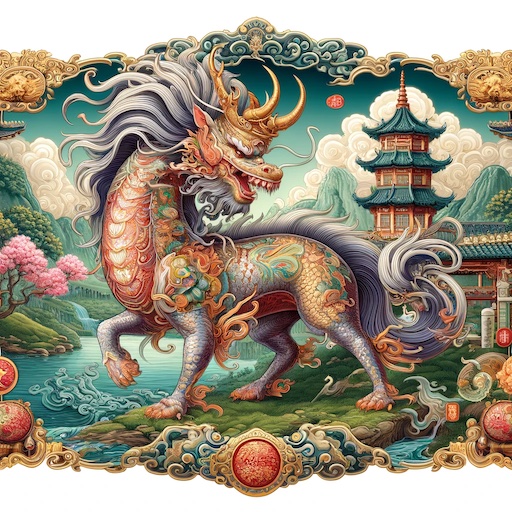
In Chinese mythology, celestial horses were revered as divine beings with transcendent powers. These mythical creatures were believed to be inhabitants of the heavenly realms, serving as steeds for deities and immortal beings. One of the most well-known celestial horses is the Longma, a winged horse with a dragon-like head and scales adorning its body. The Longma was depicted as a powerful and auspicious creature, capable of traversing the boundaries between the mortal and celestial realms. Another prominent celestial horse was the Tianma, a mythical steed said to be the mount of the Jade Emperor, the supreme deity in Chinese folk religion. This magnificent horse was believed to possess the ability to fly through the air and across the heavens, carrying the Jade Emperor on his cosmic journeys.
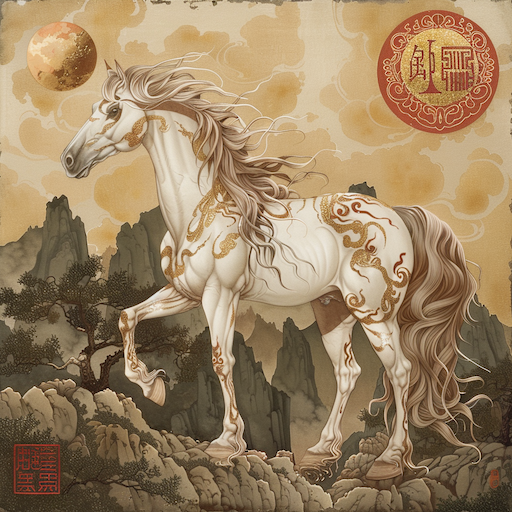
The celestial horses of Chinese mythology were symbols of power, grace, and divine favor. Their presence represented the connection between the earthly and celestial realms, serving as intermediaries between the human world and the realm of the gods and immortals. These mythical creatures were also associated with good fortune, prosperity, and longevity. Their auspicious nature made them popular subjects in Chinese art, literature, and folklore, where they were often depicted as bringers of blessings and protectors against evil forces. The symbolism of celestial horses extended to the realm of royalty and political authority, as they were sometimes depicted as mounts for kings and emperors, symbolizing their divine mandate to rule and their connection to the heavenly realms.
Buraq, the winged steed in Islamic mythology
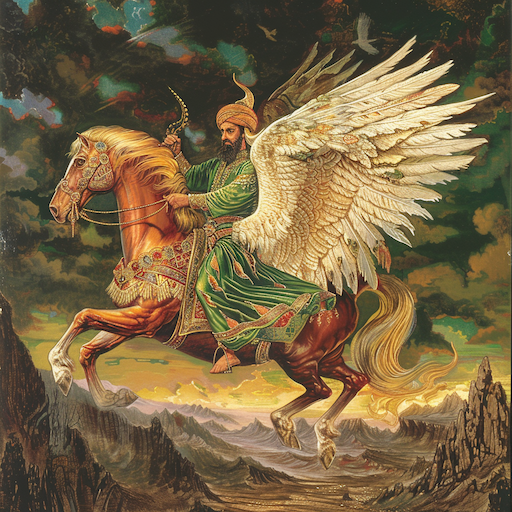
Buraq was the legendary winged steed that carried the Prophet Muhammad on his miraculous Night Journey (Isra’ and Mi’raj) from Mecca to Jerusalem and then to the heavens. According to tradition, Buraq was a celestial creature with the face of a woman, the body of a horse, and the tail of a peacock. This extraordinary steed had the ability to traverse vast distances in the blink of an eye, enabling the Prophet to complete his spiritual journey in a single night. The Night Journey was a pivotal event in Islamic history, as it marked the establishment of the five daily prayers (salat) and the spiritual ascension of the Prophet Muhammad to the highest levels of heaven, where he received divine revelations and instructions.
Buraq’s role in the Night Journey has been interpreted as a symbolic representation of the human soul’s journey towards spiritual enlightenment and divine knowledge. The winged steed symbolizes the means by which the soul transcends the physical realm and ascends to higher planes of consciousness and understanding. Furthermore, Buraq’s unique appearance, combining feminine and animal features, has been seen as a metaphor for the integration of various aspects of existence, such as the spiritual and material, the divine and earthly, and the masculine and feminine principles. In Islamic art and literature, Buraq has been depicted as a powerful and mystical creature, representing the sacred nature of the Prophet’s journey and the divine guidance he received. The steed’s presence serves as a reminder of the profound significance of the Night Journey in Islamic theology and spirituality.
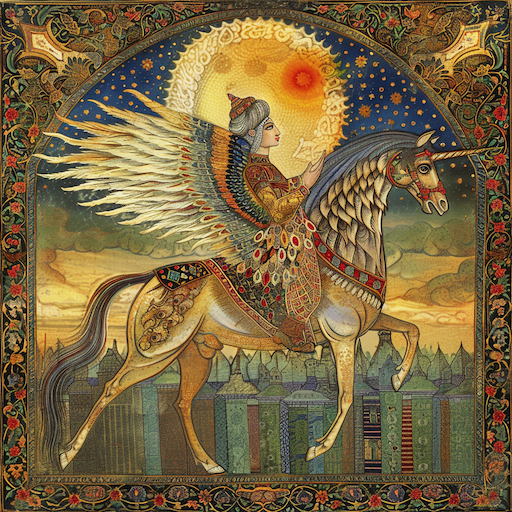
The celestial horses of Asian mythology and folklore occupy a revered and mystical position, transcending the boundaries of the physical world and representing the connection between the human and divine realms. Whether portrayed as heavenly beings or winged steeds, these mythical creatures embody the spiritual aspirations, beliefs, and cultural traditions of the diverse civilizations that have shaped the rich tapestry of Asian mythology.
Horses in Modern Mythology and Pop Culture
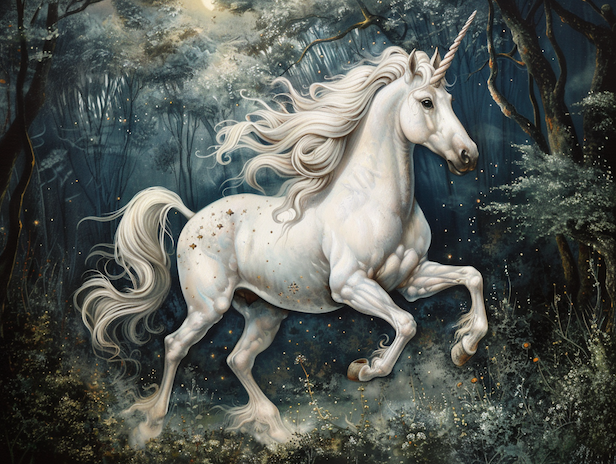
Unicorns and their enduring appeal
The mythical unicorn, a horse-like creature with a single, spiraling horn protruding from its forehead, has captivated the human imagination for centuries. Originating from ancient myths and folktales, the unicorn has been depicted in various forms across cultures, from the Middle Eastern to European traditions. In modern times, unicorns have become a beloved symbol in popular culture, appearing in countless books, movies, television shows, and merchandise. From the regal and majestic depictions in medieval tapestries to the whimsical and colorful representations in children’s literature and animated films, the unicorn’s enduring appeal lies in its ability to embody both strength and gentleness, power and purity.
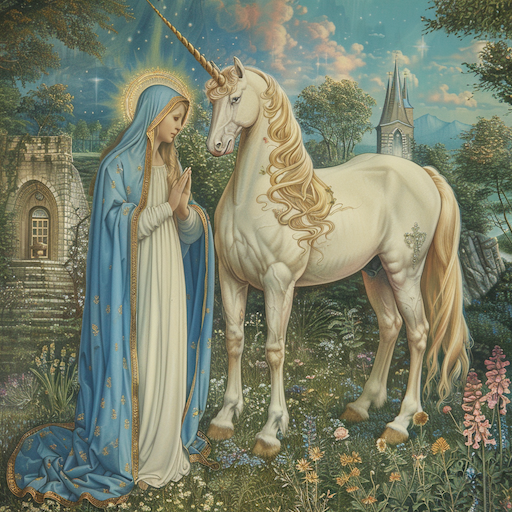
The unicorn’s symbolic meaning is deeply rooted in notions of purity, innocence, and magic. Its horn, traditionally associated with healing properties and the ability to purify water, has made the unicorn a symbol of virtue, chastity, and the triumph of good over evil. In many stories and legends, unicorns are portrayed as elusive and shy creatures, only revealing themselves to those with a pure heart and noble intentions. This mythical aspect has contributed to the unicorn’s representation of the magical, the mystical, and the unattainable – a manifestation of humanity’s longing for wonder and enchantment in a world often marked by harsh realities.
Horses in fantasy literature and films
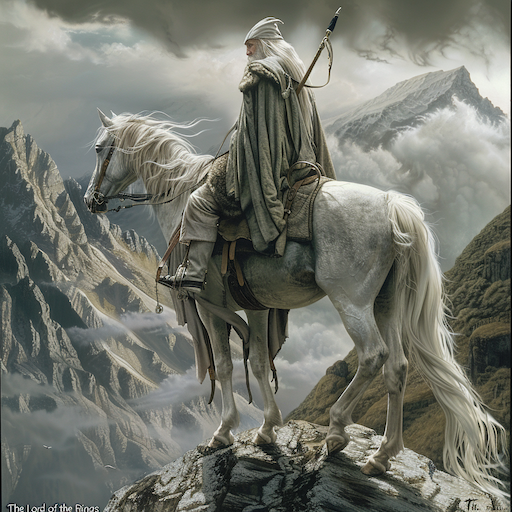
Horses have played pivotal roles in numerous fantasy works, lending a sense of grandeur, adventure, and mythic proportions to the stories. In J.R.R. Tolkien’s “The Lord of the Rings” series, the majestic horses of Rohan, such as Shadowfax, Gandalf’s trusty steed, symbolized the resilience and valor of the Rohirrim people. In the “Game of Thrones” saga, based on George R.R. Martin’s “A Song of Ice and Fire” series, horses were integral to the narrative, serving as both modes of transportation and symbols of power and status. The magnificent horses ridden by the Dothraki horse lords embodied the fierce warrior culture of these nomadic tribes.
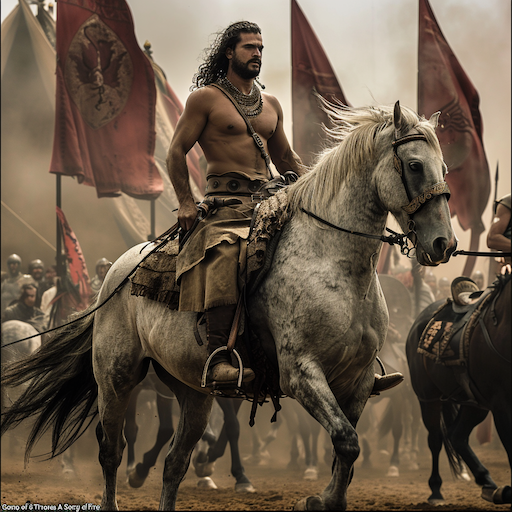
Horses in literature and films often take on symbolic roles that extend beyond their functional purposes. They represent freedom, strength, and the conquest of adversity, carrying heroes and heroines on epic journeys and into battles against overwhelming odds. Moreover, the bond between riders and their trusted steeds is frequently portrayed as a deep, almost spiritual connection, reflecting the profound relationship between humans and these majestic creatures throughout history. Horses in fantasy works embody the human yearning for adventure, courage, and the triumph of good over evil – qualities that have made them enduring symbols in the collective imagination.
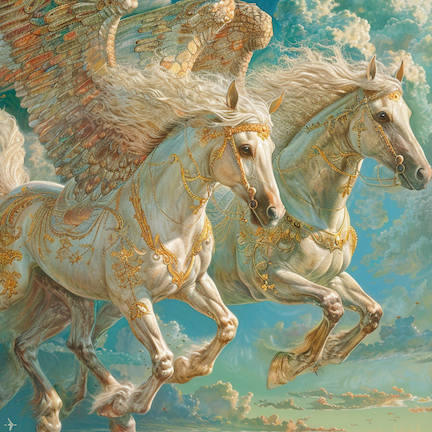
Conclusion
The tales and legends surrounding horses have captivated the human imagination for millennia, transcending cultural and geographic boundaries. From the ancient civilizations of Greece and Rome to the indigenous tribes of the Americas and the rich traditions of Asia, horses have been woven into the fabric of mythology and folklore, taking on diverse forms and symbolic meanings.
This enduring fascination with horses speaks to the profound connection between humans and these majestic creatures, a bond forged through the shared experiences of companionship, survival, and the exploration of the natural world. Horses have been revered for their strength, speed, and beauty, qualities that have inspired awe and reverence in cultures across the globe.
Moreover, the versatility of horses, both in their practical applications and their symbolic representations, has allowed them to occupy a multifaceted role in human narratives. Whether portrayed as celestial beings, shape-shifting creatures, or trusted companions to heroes and gods, horses have embodied the full spectrum of human emotions, aspirations, and fears.
The impact of horses on human mythology and storytelling cannot be overstated. These creatures have served as powerful symbols, reflecting the values, beliefs, and cultural identities of the societies that have celebrated them. From the winged Pegasus of Greek mythology to the celestial steeds of Chinese folklore, horses have represented humanity’s yearning for transcendence, freedom, and connection with the divine.
Furthermore, the tales and legends surrounding horses have played a crucial role in preserving and transmitting cultural traditions across generations. These stories have served as vehicles for imparting wisdom, moral lessons, and cautionary tales, shaping the collective consciousness and reinforcing the importance of virtues such as courage, humility, and respect for the natural world.
In the modern era, horses continue to captivate audiences through their presence in fantasy literature, films, and popular culture. Their symbolic significance has evolved to encompass new narratives and interpretations, while still drawing upon the rich tapestry of myths and legends that have preceded them.
As we explore the diverse representations of horses in mythology and legend, we are reminded of the remarkable ability of these creatures to inspire, captivate, and connect us to our shared human experiences. Their enduring presence in our stories serves as a testament to the profound impact they have had on shaping our collective imaginations and the narratives that define our cultural identities.
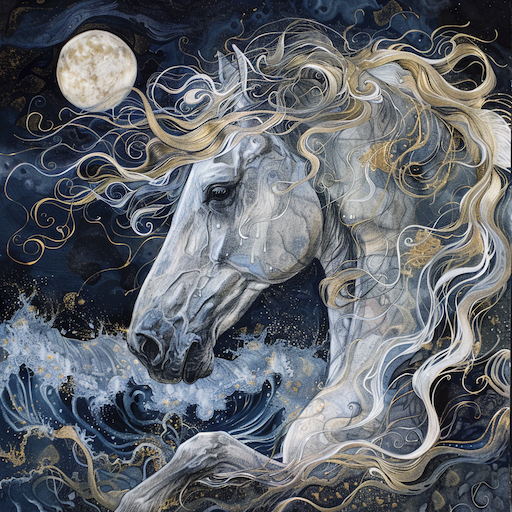
To read stories about actual horses through history click on one of these:
Marengo – the legendary steed of Napolean Boneparte
Bucephalus – Alexander the Great’s warhorse
In the Saddle of History: Wellington and Copenhagen at Waterloo
Comanche: The Lone Equine Survivor of the Battle of Little Bighorn
Additional resources
Books
- “The Horse in Celtic World” by Miranda J. Green – An in-depth examination of the symbolic and ritual significance of horses in Celtic mythology and culture.
- “Horses in Mythology” by Judy Allen – A comprehensive collection of myths and legends featuring horses from various cultures around the world.
- “The Horse in the Ancient World” by A.A. Lieren – A historical exploration of the role of horses in ancient civilizations, including their mythological representations.
- “Mythology of the Horse” by John Ayto – A reference book that delves into the symbolism and folklore surrounding horses across different cultures.
Online Resources
- “The Symbolism of the Horse” – An article by the American Museum of Natural History exploring the symbolism and cultural significance of horses throughout history.
- “Horses in Mythology and Legend” – A comprehensive online resource by the Equine Heritage Institute, featuring a wide range of myths and legends involving horses.
- “Mythic Horses” – A curated collection of horse-related myths and legends from around the world, maintained by Learn Religion.
- “Mythological Horses” – An online database maintained by the University of Pittsburgh, providing information and resources on horses in various mythologies.
Museum Exhibits and Resources:
- “The Horse” exhibit at the American Museum of Natural History, New York – This exhibit explores the evolution, domestication, and cultural significance of horses throughout human history.
- “The Horse in Ancient Greek Art” – An online exhibit by the Metropolitan Museum of Art, featuring artistic representations of horses in ancient Greek culture.
- “Horses in Native American Cultures” – A virtual exhibit by the National Museum of the American Indian, highlighting the role of horses in various Native American tribes and traditions.
Please let me know which one of these myths resonates the most with you with a comment below, I would love to hear from you!
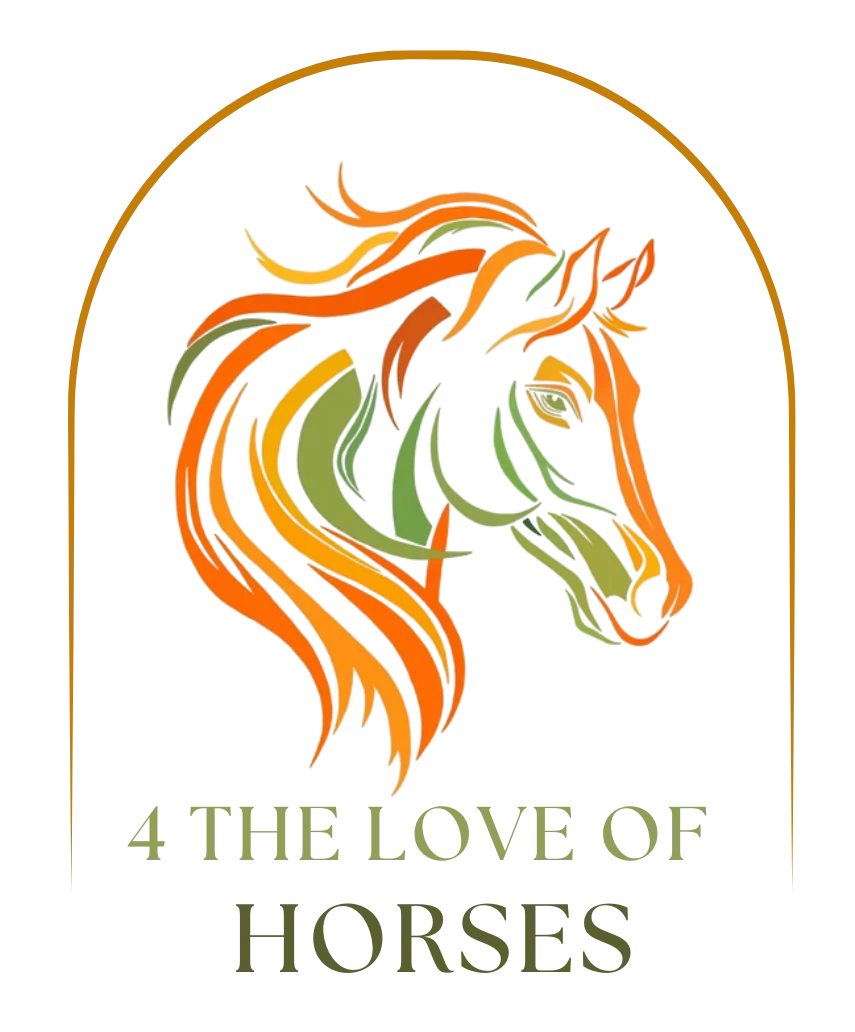

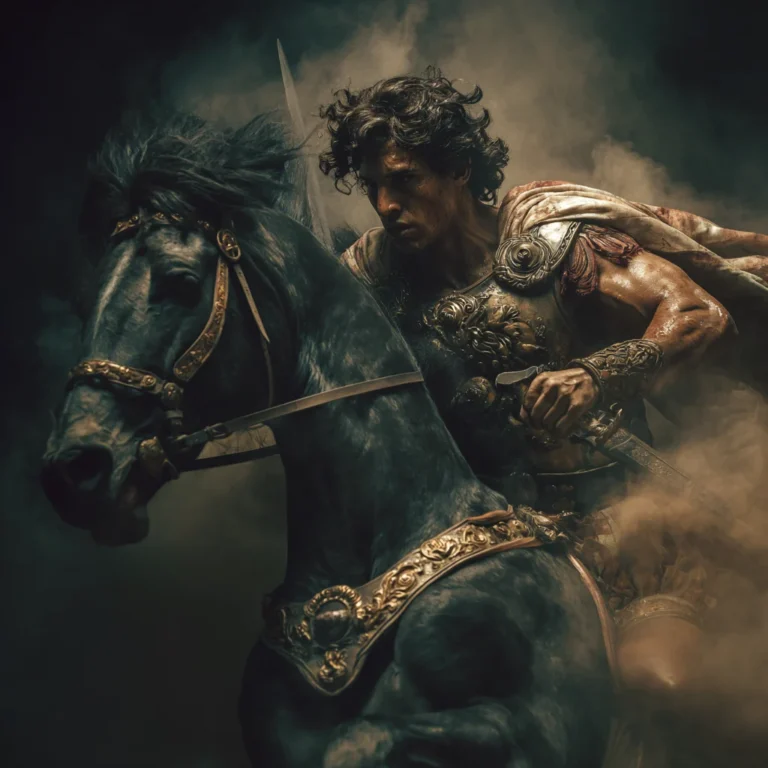
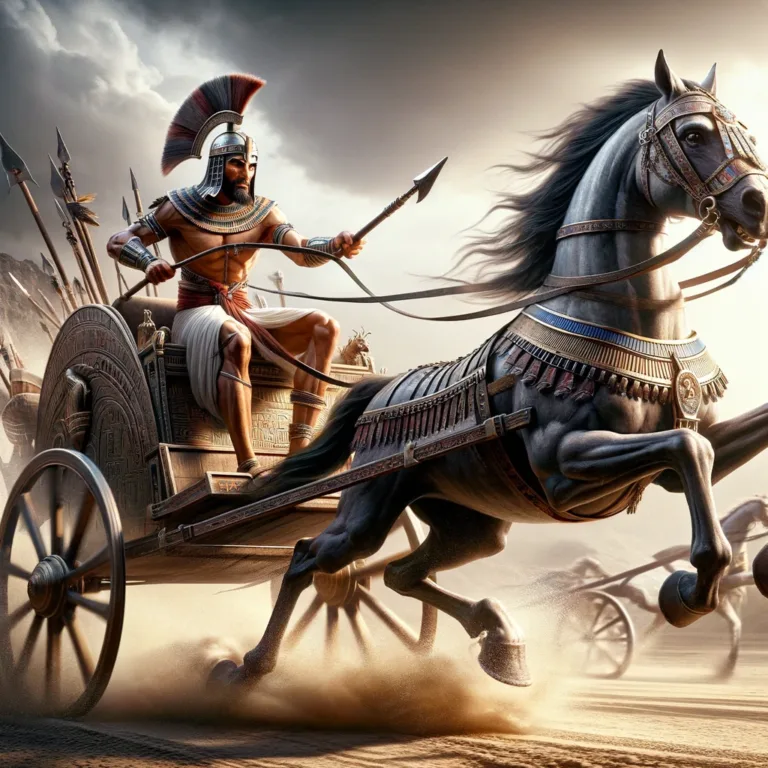

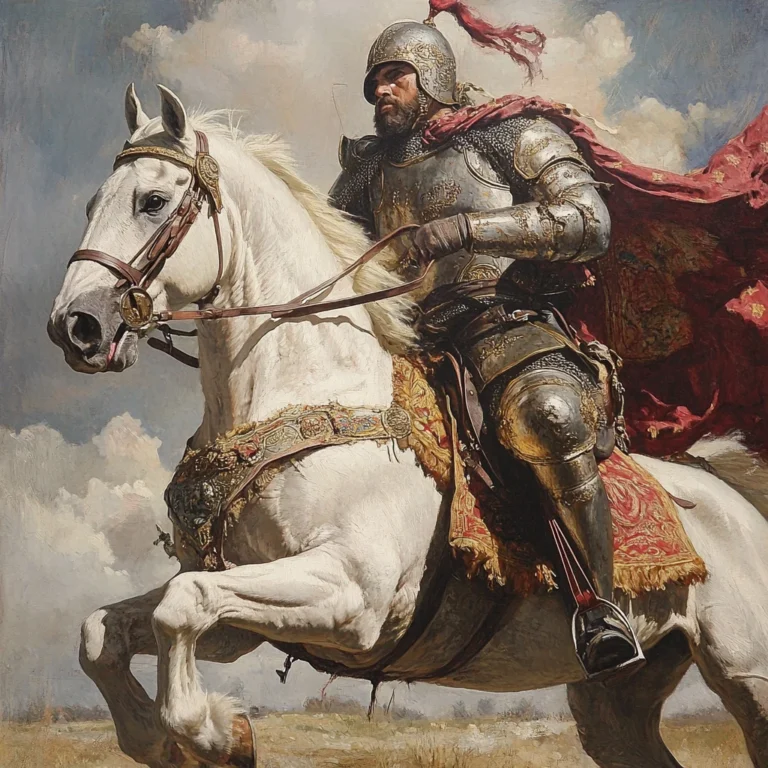
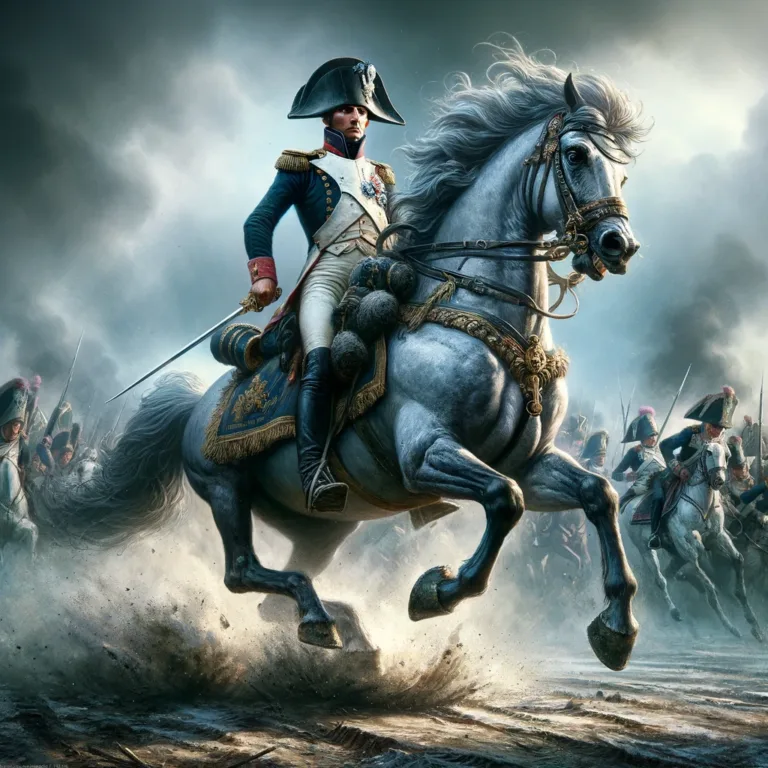
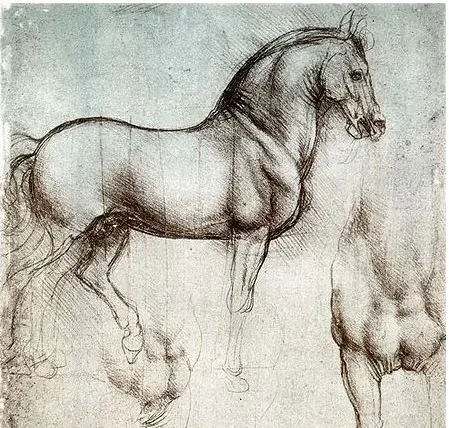
Leave a Reply